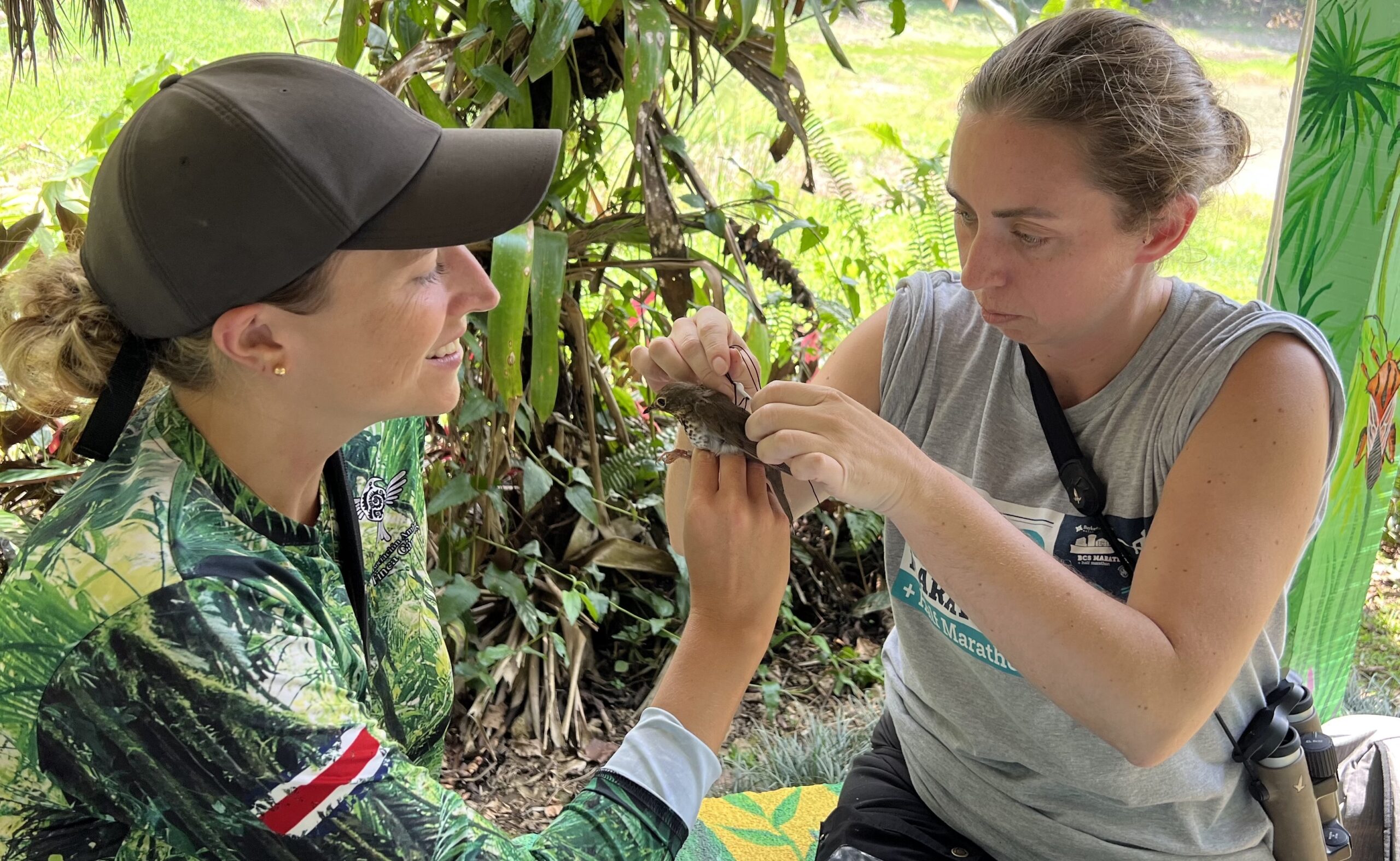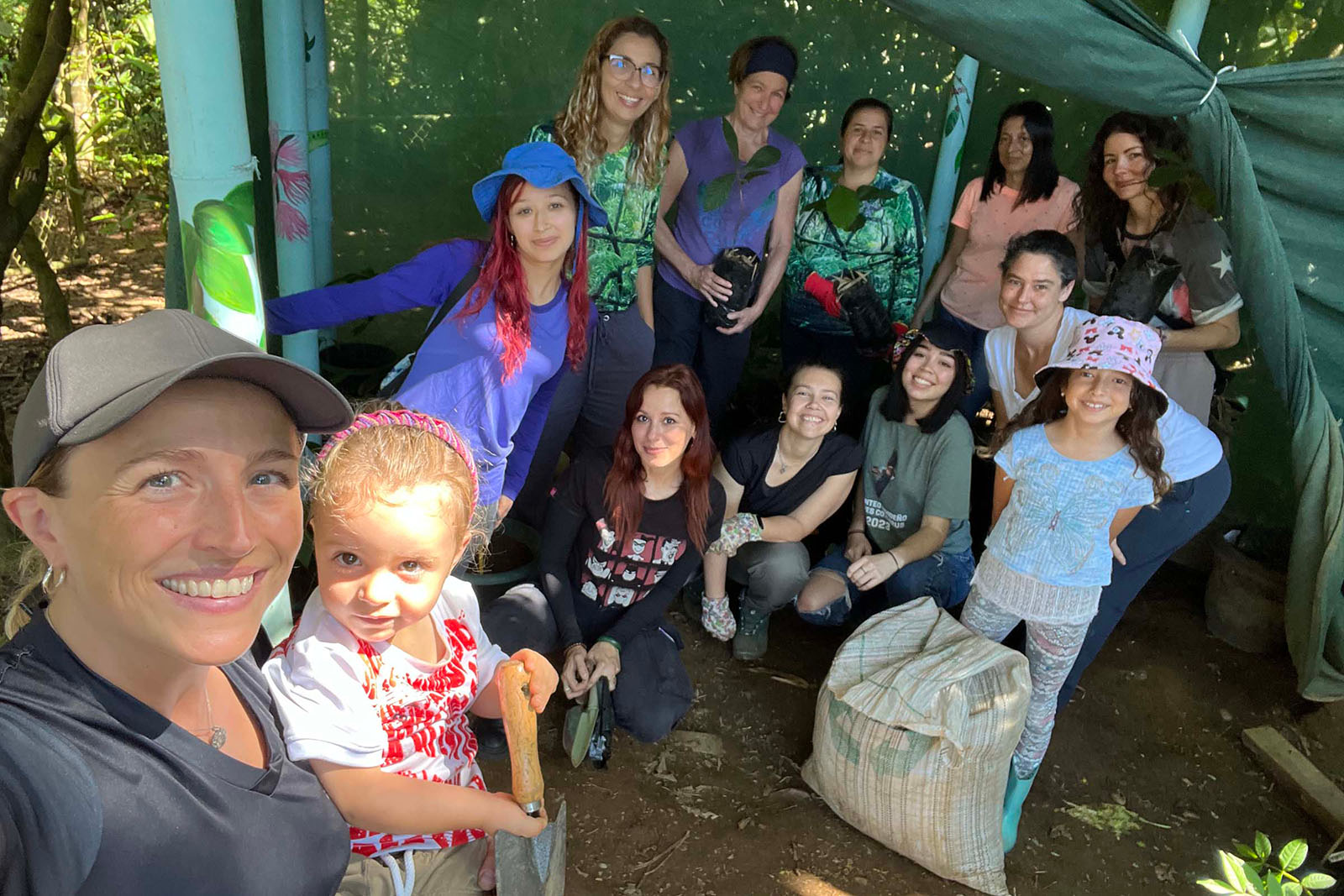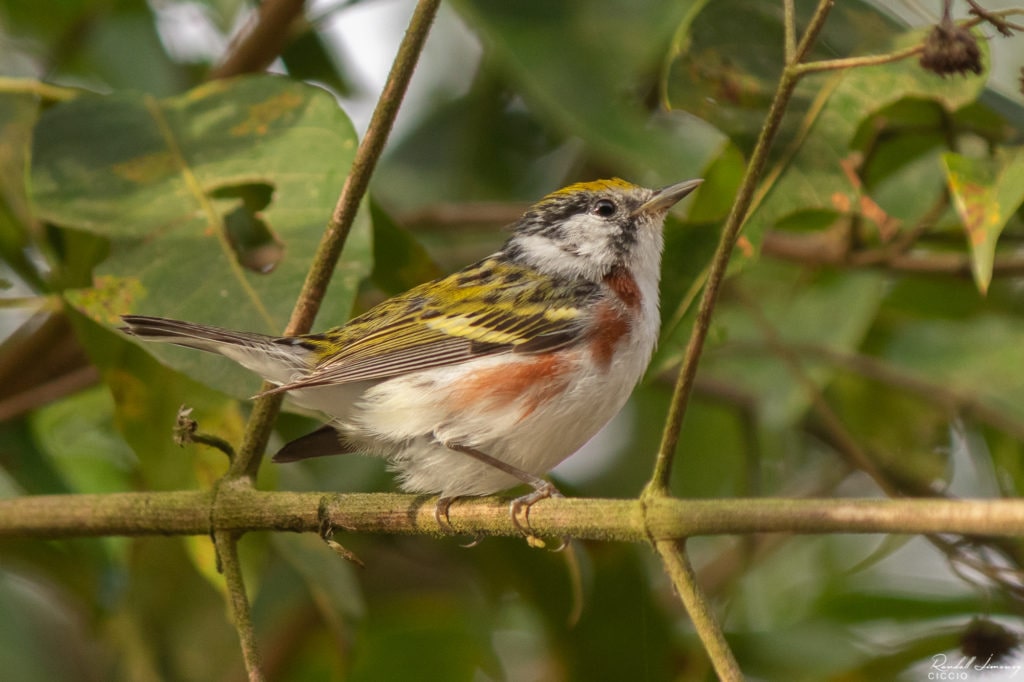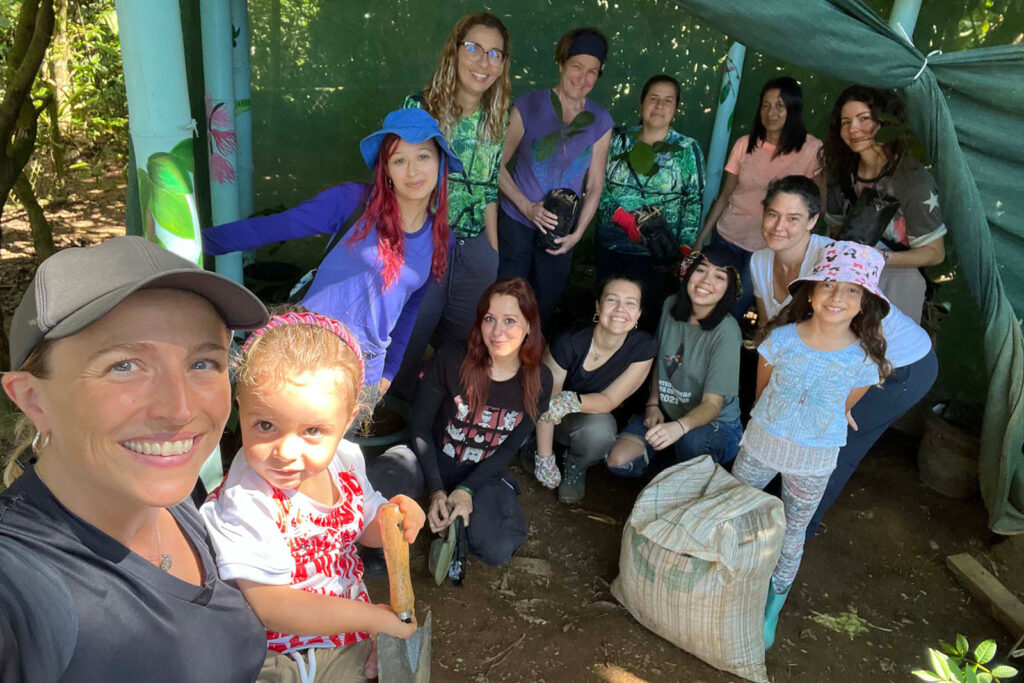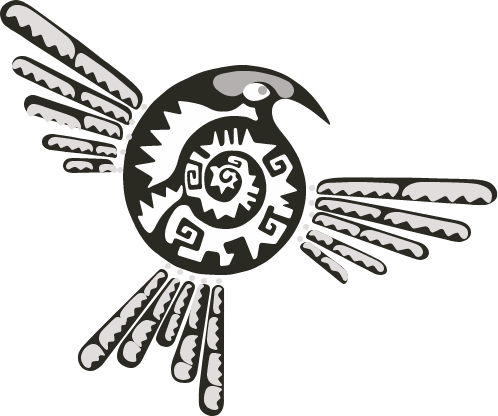Let me describe two scenes for you, and then I want you to choose the one that you think best represents environmental education:
1. A group of children are gathered around a tree, watching a rainbow of birds alight on its branches. The adult instructor is explaining the important relationship between trees and birds to the kids: trees provide the birds with food and shelter, while the birds perform important “services” for the trees such as the dispersal of their seeds, pollination and pest control.
2. People of all ages are gathered at their community centre, discussing the local challenge of erosion which has caused damage to roads and other infrastructure. Collaboratively, they decide that one solution is to initiate a tree-growing project. They petition their municipality for financial support, and work with different non-profit organizations to acquire, plant, maintain and monitor the trees over the long-term.
Which scene did you pick?
Without even hearing your answers, I know that all of you are right. Because BOTH scenes represent environmental education (although you do get bonus points if you in fact chose both of them.)
Environmental education (EE) comes in many different forms, because it has many different goals. These scenes reflect but two of hundreds in the world.
EE is often reduced to what is considered “biological education,” represented in the first scene. One aspect of biological education is transmitting knowledge and facts about non-human species and their symbiotic interactions within an ecosystem. I’m not saying this form of EE isn’t important, because it certainly is. But I do want to stress that this is not the ONLY form of EE, nor necessarily the most important.
If we examine the first scene again, we can highlight some other potential desired environmental education outcomes beyond knowledge gain. For example, perhaps the instructor is crazy about birds, and not only describes natural history details about these fascinating feathered creatures but also conveys how captivated he is when observing them—admiring their colours, analyzing their interesting behaviours, and filling with joy at the sound of their songs.
This passion can be contagious. Research shows that spending meaningful time in nature as a child, and especially doing so with an adult mentor, are two particularly notable influences on people who take environmental action and perhaps even dedicate their careers to conservation.
At least one kid in that instructor’s group could become so excited about birds, too (or any other species or aspect of nature), that she goes on to become a conservation biologist as an adult, studying the habitat needs of an endangered species and talking about the importance of protecting that habitat with another group of kids ten years down the road, and inspires one or more of those children.
In addition to sparking the nature connection and motivation in ONE person to take individual environmental action, a shared concern about an issue can rally a group together, like the case of erosion in the example above. Individually, people can of course contribute meaningfully to positive change in the world. However, she or he can also feel helpless and disempowered by the gravity or size of an environmental problem. For that reason, learning to work collectively and collaboratively as a community is also both a form and a goal of environmental education. It is particularly powerful to engage intergenerational voices in solving environmental challenges.
For that reason, the mission of Finca Cántaros Environmental Association is “creating community and inspiring action through environmental education.” We aim to bring together different ages in the community to Learn, Connect, Act.
To find out more about you can get involved, please visit www.fincacantaros.org/get-involved/ and follow us on social media.



